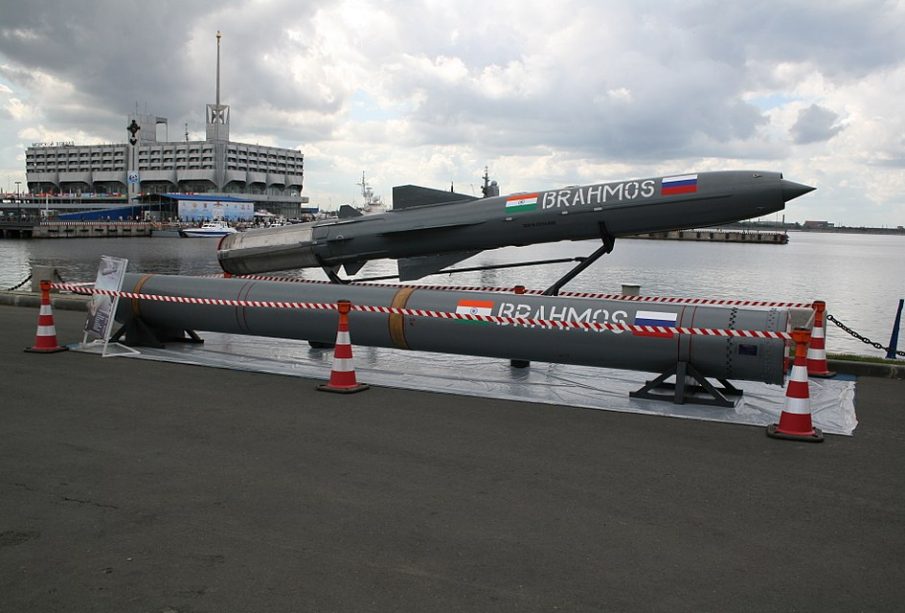Understanding BrahMos: India’s Indispensable Missile System

Introduction
The BrahMos missile system, a joint venture between India and Russia, stands as a testament to modern military technology and strategic defense capabilities. As tensions in various regions continue to evolve, the relevance of advanced missile systems like BrahMos has escalated, making it crucial for national security and regional stability. This blog explores the features, recent developments, and the significance of BrahMos in the contemporary defense landscape.
Overview of BrahMos
Named after the rivers Brahmaputra and Moskva, BrahMos is a supersonic cruise missile developed by BrahMos Aerospace, a consortium established in 1998. Capable of being launched from land, sea, and air platforms, BrahMos boasts unmatched speed, precision, and a range of approximately 400 kilometers, making it one of the fastest supersonic missiles in the world.
Recent Developments
As of October 2023, several significant advancements with BrahMos have emerged. The Indian Army successfully conducted multiple trials of BrahMos missiles, demonstrating their versatility and effectiveness in various terrains. These tests included submarine launch capabilities, showcasing the missile’s adaptability to diverse operational scenarios.
In addition, recent reports highlight ongoing negotiations for exports of BrahMos technology to allied countries, aimed at enhancing regional security and cooperation. Countries such as the Philippines and Brazil have expressed interest in acquiring this advanced missile system, marking a significant step for India in terms of defense diplomacy.
Technological Features
BrahMos is renowned not only for speed but also for its advanced guidance and control systems, which include inertial navigation and GPS. Its ability to perform evasive maneuvers makes it a challenging target for enemy defense systems. Furthermore, with upgrades in its software, the missile can be configured to undertake various types of missions, including land attack, anti-ship, and targeting of aerial threats.
Strategic Implications
The operational deployment of BrahMos significantly enhances India’s deterrence capability in the Indian Ocean region, particularly concerning geopolitical rivalries. Its strategic significance cannot be overstated, as it serves as a critical tool in maintaining balance and peace in the region.
Conclusion
The BrahMos missile system represents a leap in India’s defense technology, securing its place as a crucial component in modern warfare. The ongoing upgrades and potential global partnerships aim to reinforce India’s strategic autonomy and its role as a key player in international defense systems. As the geopolitical landscape continues to shift, the importance of BrahMos in India’s defensive and offensive capabilities will undoubtedly grow, ushering in a new era of military preparedness.









